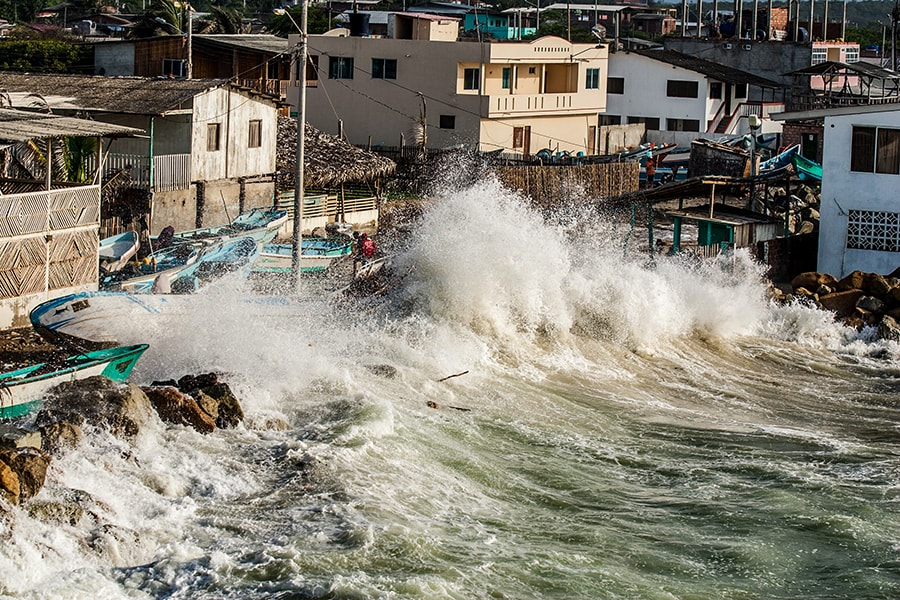
Modern sea level rise may have begun in 1863, study finds
Rising levels of seas and oceans is a tipping point of particular concern to climatologists. The threat is such that by 2050, cities like New York or Venice could be submerged
 The rising levels of the seas and oceans is a tipping point of particular concern for climate scientists.
The rising levels of the seas and oceans is a tipping point of particular concern for climate scientists.
Image: Glenn R. Specht-grs photo / Shutterstock
It's well known that the rise in sea levels is linked to climate change. But the phenomenon might have begun all the way back in 1863, the time when the industrial age intensified, according to an international team of scientists.
Rising levels of seas and oceans is a tipping point of particular concern to climatologists. The threat is such that by 2050, cities like New York or Venice could be submerged.
And it seems that the phenomenon is nothing new. According to a new study published in Nature Communications, it could even date back to 1863, the period when the industrial age intensified and the first signs of ocean warming and glacier melting appeared.
The research was conducted using a global database of sea level records over the past 2,000 years. By identifying when rates of sea level rise exceeded their natural variability, the researchers were able to determine the beginning of a significant period of climate change.







